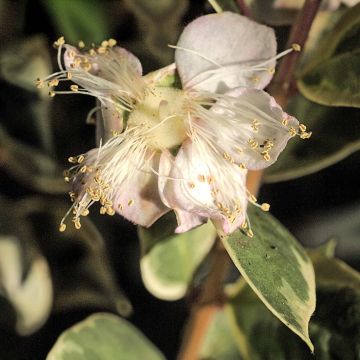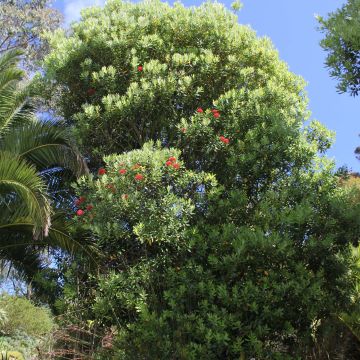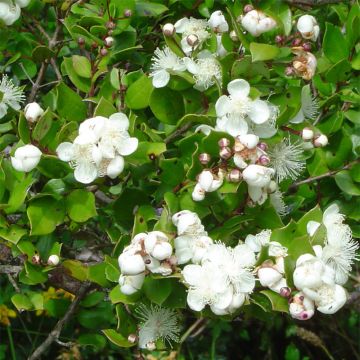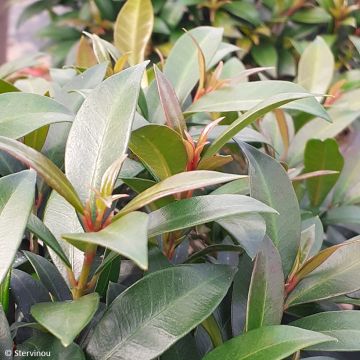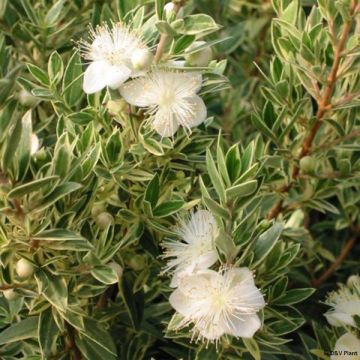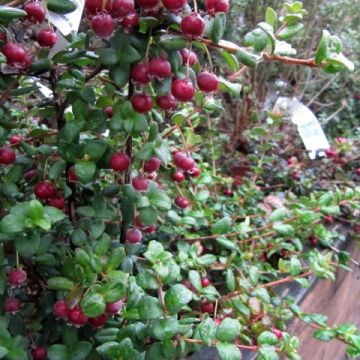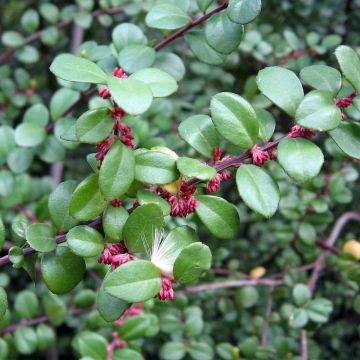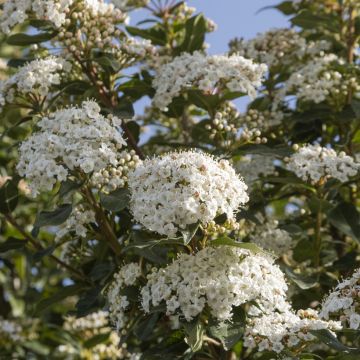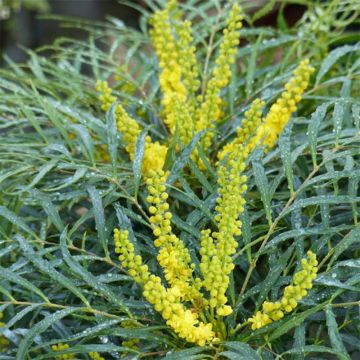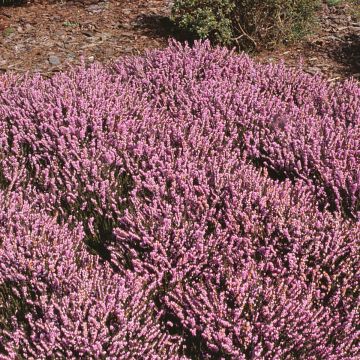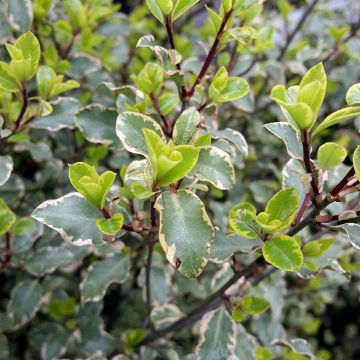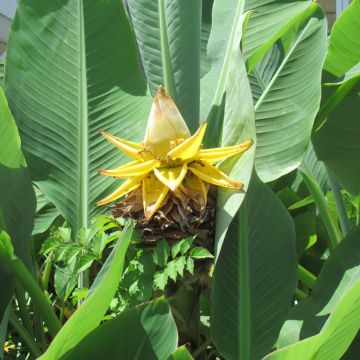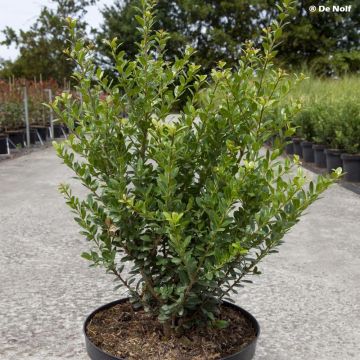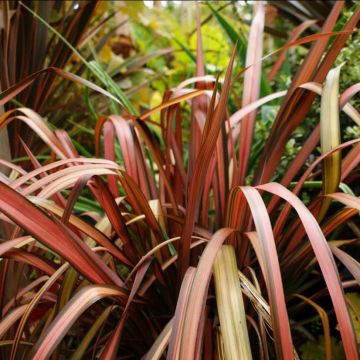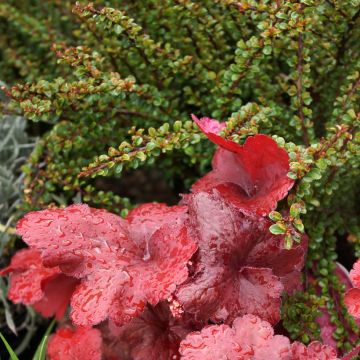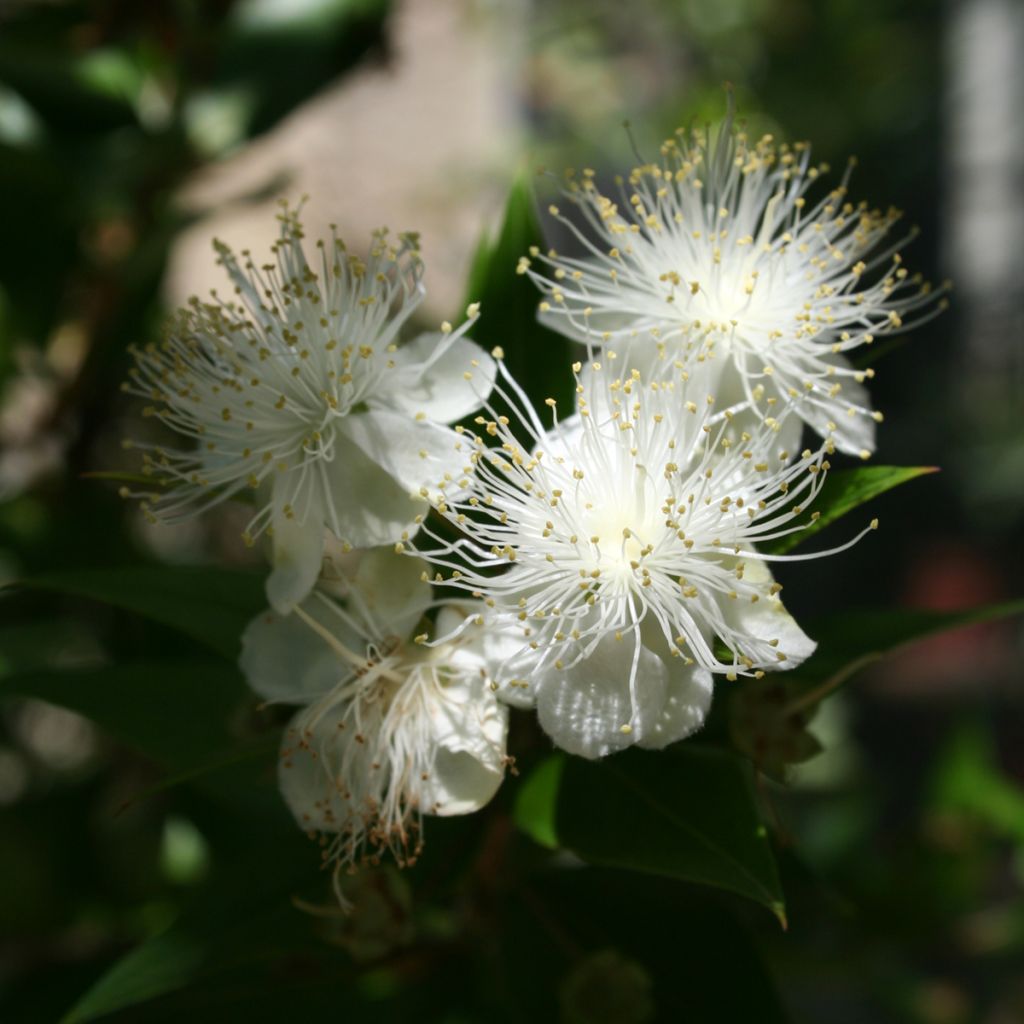

Myrtus communis
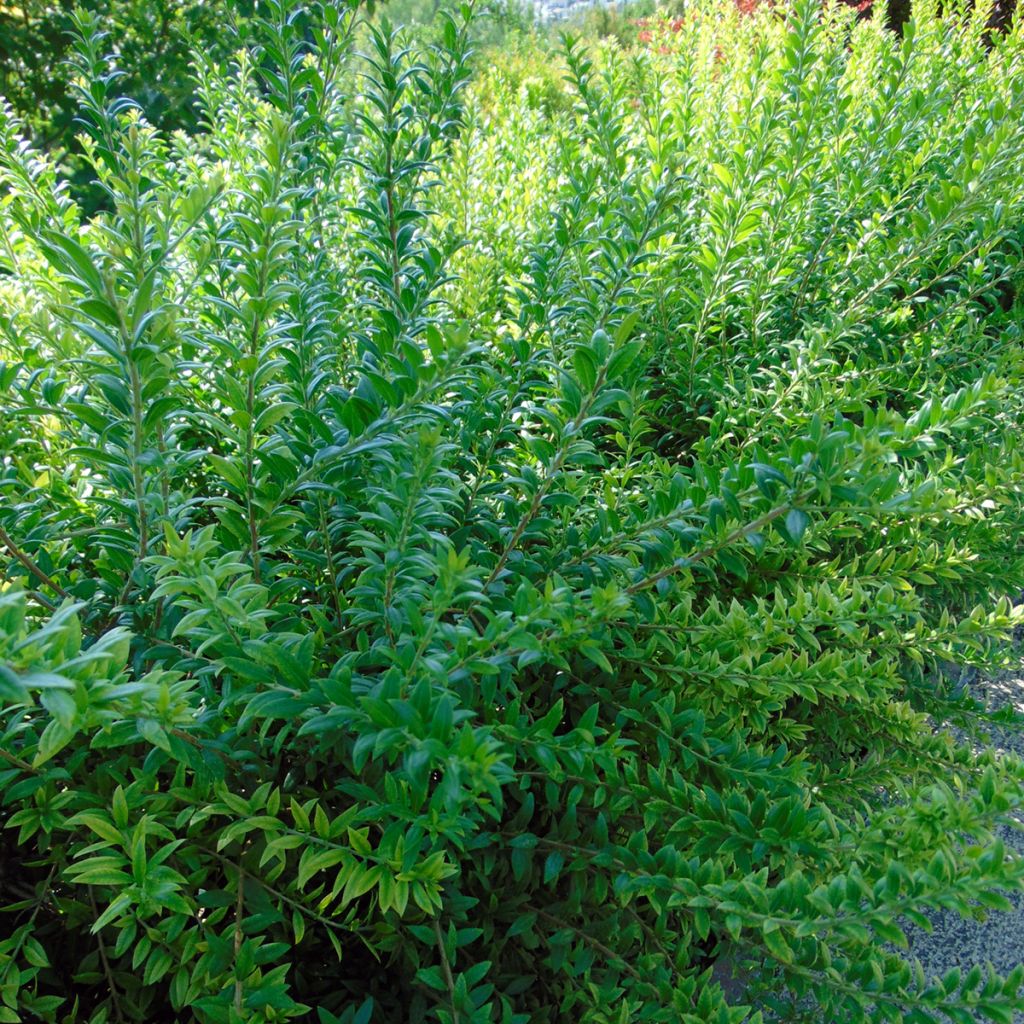

Myrtus communis
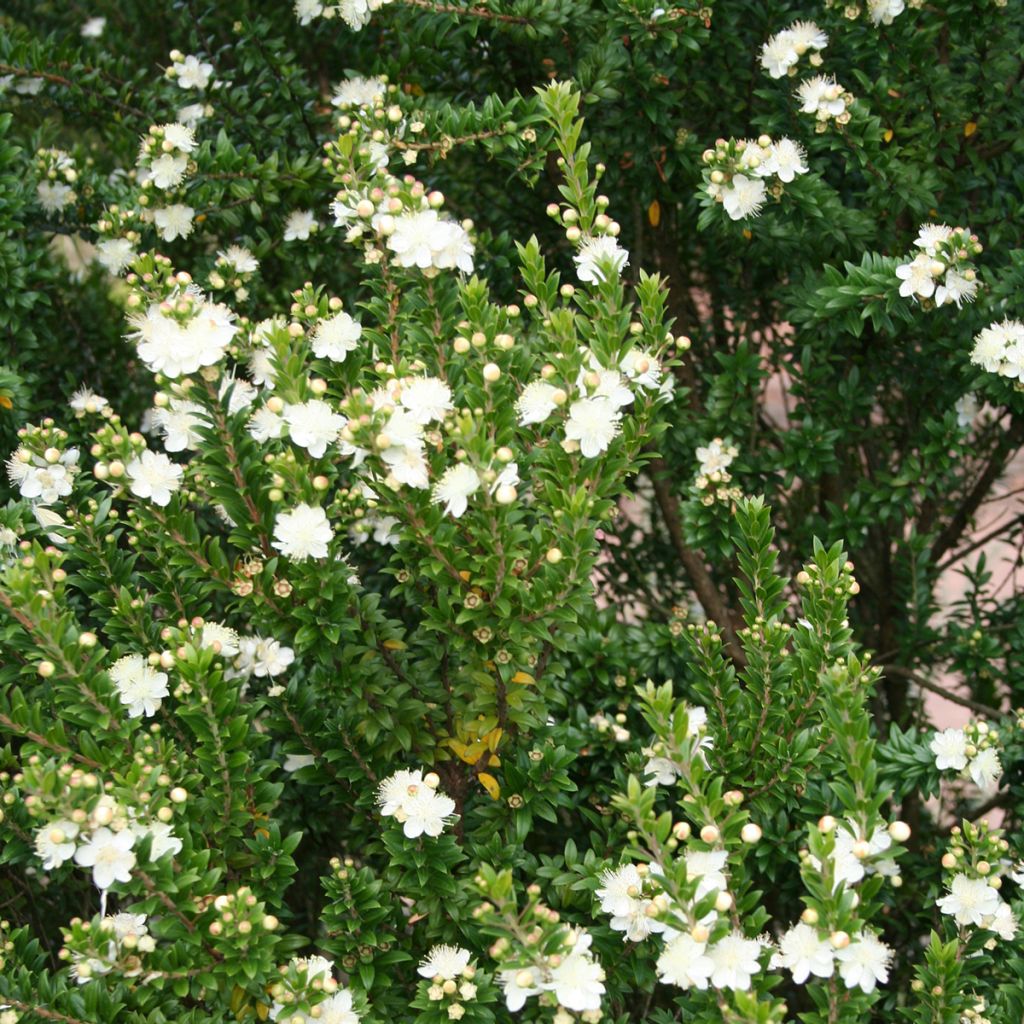

Myrtus communis
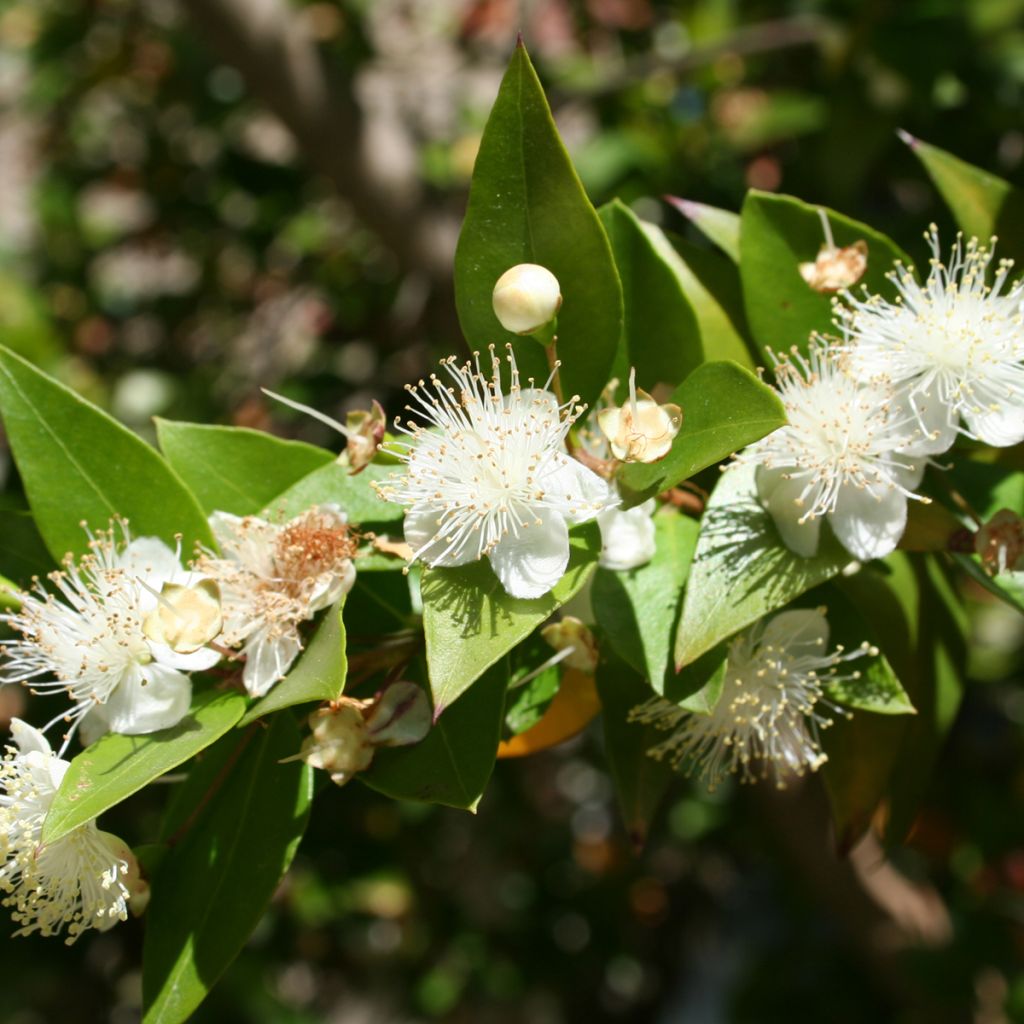

Myrtus communis
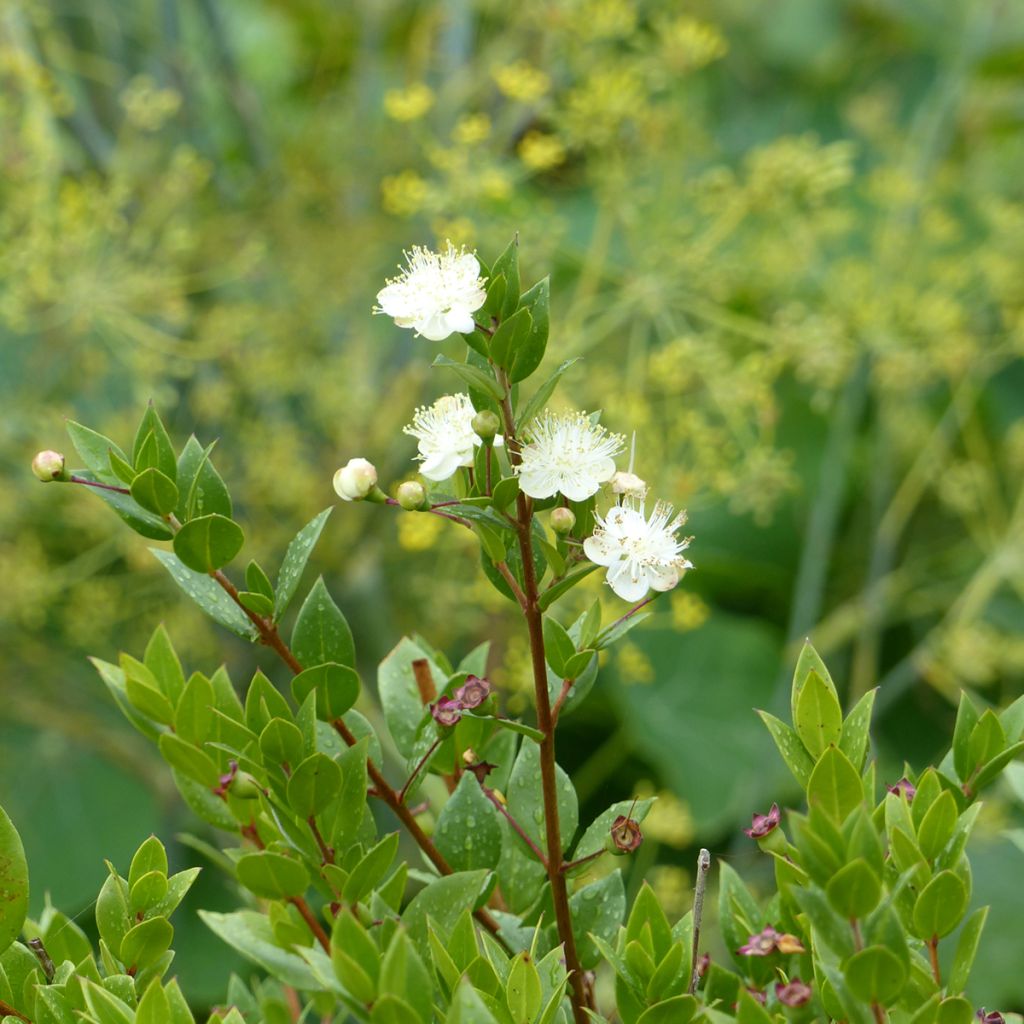

Myrtus communis
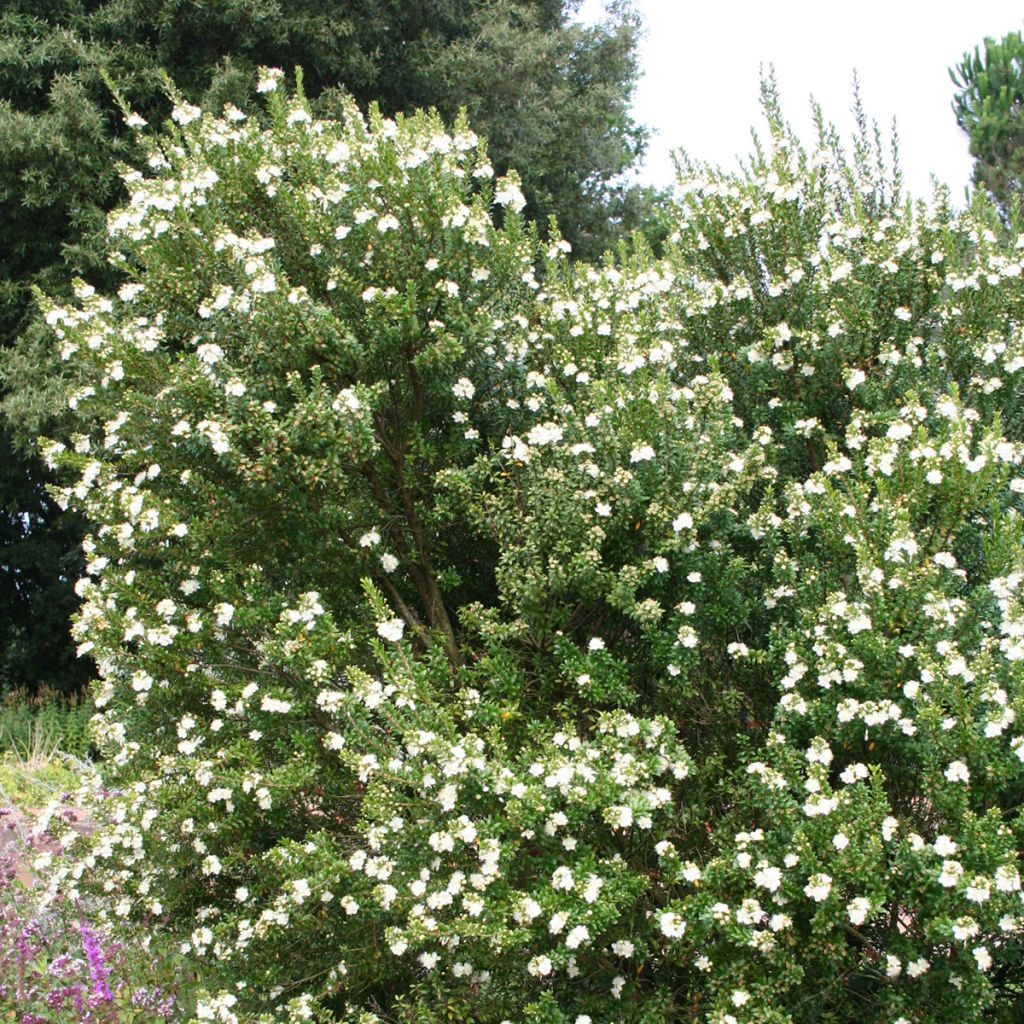

Myrtus communis
Myrtus communis
Myrtus communis
Myrte commun, Herbe du lagui
Lovely plant well packed.
jpg, 08/11/2024
Special offer!
Receive a €20 voucher for any order over €90 (excluding delivery costs, credit notes, and plastic-free options)!
1- Add your favorite plants to your cart.
2- Once you have reached €90, confirm your order (you can even choose the delivery date!).
3- As soon as your order is shipped, you will receive an email containing your voucher code, valid for 3 months (90 days).
Your voucher is unique and can only be used once, for any order with a minimum value of €20, excluding delivery costs.
Can be combined with other current offers, non-divisible and non-refundable.
Home or relay delivery (depending on size and destination)
Schedule delivery date,
and select date in basket
This plant carries a 24 months recovery warranty
More information
We guarantee the quality of our plants for a full growing cycle, and will replace at our expense any plant that fails to recover under normal climatic and planting conditions.

Does this plant fit my garden?
Set up your Plantfit profile →
Description
The Myrtus communis or Common Myrtle, called Nerte in Provence, is an evergreen bush emblematic of Mediterranean landscapes and gardens. It forms a dense and rounded mass, with a more or less dark green colour, adorned with small leathery and shiny leaves, dotted in summer with pure white flowers as light as snowflakes. The Myrtus communis is a plant perfectly resistant to drought and very tolerant of exposure. It will find its place in an evergreen hedge or in a shrub bed. It will also be magnificent in a large pot on the terrace or balcony in cold regions.
The Myrtus communis is a plant of the myrtle family, which is found in the wild on the edge of oak or pine forests, in scrubland and rocky scrubland around the Mediterranean, up to Lebanon. It is a slow-growing bush with a naturally dense habit.
This very bushy bush reaches a height of 2 to 3 m (6 ft 7 in to 9 ft 10 in), with a spread of 2 m, depending on the growing conditions. The leaves, evergreen in winter, are ovate with a tapered tip and are aromatic when crushed. An essential oil is extracted from them, which is widely used in perfumery and aromatherapy. They measure no more than 1.5 cm (0.6 in) long and 4 to 6 mm (0.2 to 0.2 in) wide, are shiny on both sides, and have a very pronounced central vein. The bush blooms generously in summer, from July to September, which is surprising for a plant in a dry climate. The small flowers with 5 petals, 1 cm (0.4 in) wide, are solitary and open on a large cluster of protruding stamens; they appear in the axils of the leaves, on the new shoots of the year. In autumn, they are followed by the formation of small ovoid and fleshy fruits, pruinose, black-blue in colour, which birds enjoy until winter.
The Common Myrtle, adorned with a mystical fragrance and a very strong symbolic significance, shares a long history with the peoples of the Mediterranean basin. Brighter and finer than boxwood, disease-free, adorned with a thousand adorable little flowers in summer, fragrant, the Myrtus communis would undoubtedly be more widely used in trimmed or free hedges, and in topiary art, if it were a little more hardy. It adapts to all exposures, tolerates very well dry soils, although not excessively calcareous, withstands direct salt spray well, and requires no special care once established. The myrtle tolerates pruning very well, in April or October, without compromising flowering. It can be associated with dwarf pomegranates or arborescent artemisias, shrubby salvias (microphylla), in a colourful checkerboard or a small Mediterranean-inspired bed. It is easily cultivated in a large container, for example accompanying a winter mimosa. On the edge of a grove or woodland, it will join Mexican orange blossom, the Laurel-leaved Cistus (hardy large cistus at -15°C (5 °F)), Pistacia lentiscus, or the European spindle 'Red Cascade'.
Myrtus communis in pictures
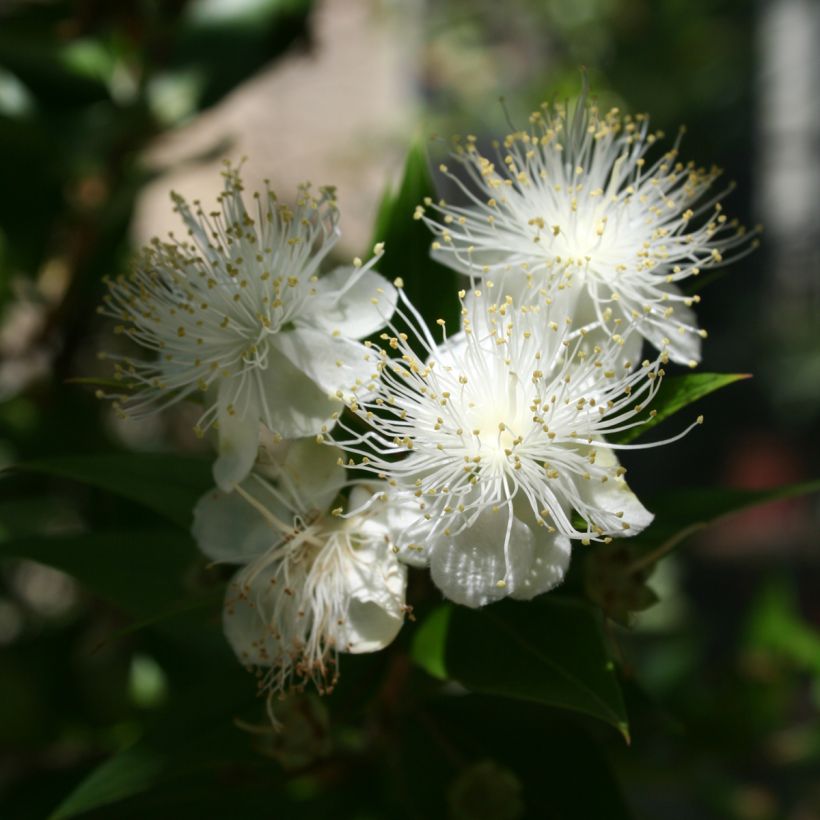

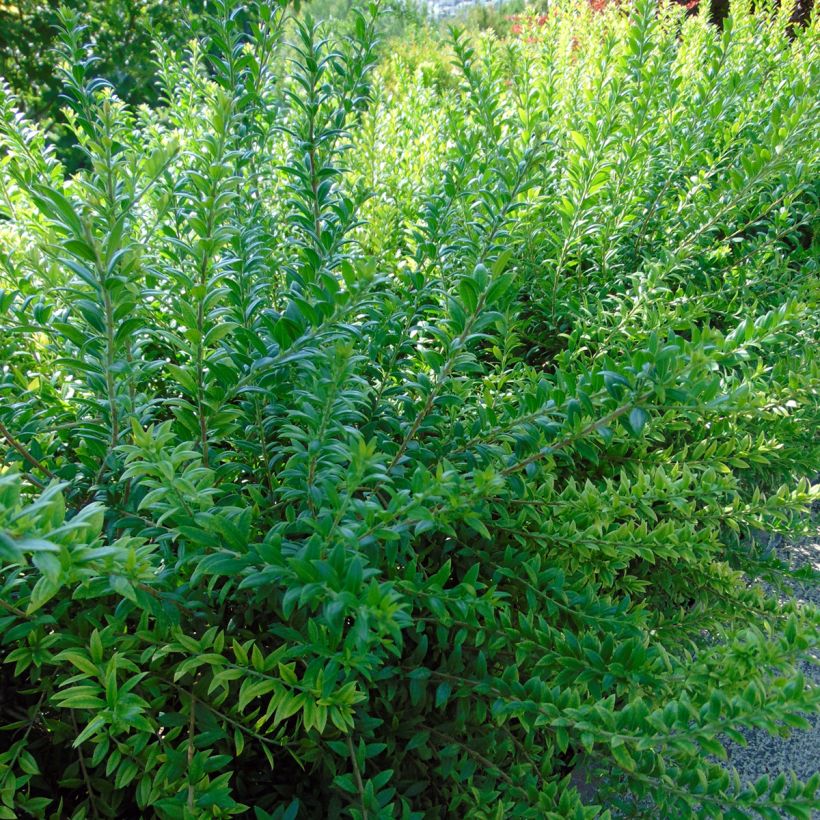

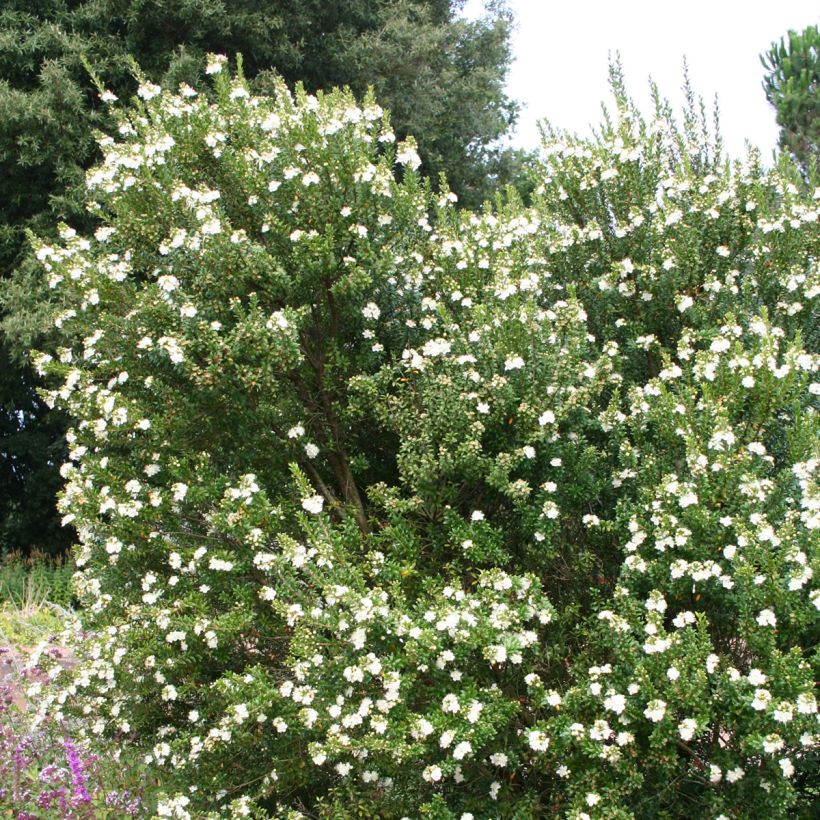

Plant habit
Flowering
Foliage
Botanical data
Myrtus
communis
Myrtaceae
Myrte commun, Herbe du lagui
Mediterranean
Other Myrtus - Myrtle
View all →Planting and care
The Common Myrtle has some requirements in terms of soil; to succeed in its cultivation, it needs to be flexible, well-drained, not too fertile, even poor, and preferably slightly acidic to neutral (it tolerates a bit of limestone). Plant it after the last frosts, and in September-October in hot and dry climates. It will thrive in the sun, semi-shade or even shade in hot climates (it will be slightly less floriferous there), and likes to have warm roots. Under these conditions, it is hardy down to -10°C/-12°C (10.4 °F), and can live for over a century. Mulch it in winter in the coldest regions, cover it with a winter veil if heavy frosts are forecasted, insulate it from the cold as much as possible. Plant it in the warmest corner of the garden, in full sun against a south-facing wall, on a stony or sandy slope, any substrate that does not retain moisture which would be fatal for it in winter. To shape it, you can prune the stems in March-April or after flowering to encourage the plant to branch out.
The Common Myrtle is not prone to diseases or insect attacks.
Cultivation in pots:
Ensure good drainage at the bottom of the pot, which should be of large volume (30 liters). Use a lightweight substrate, enriched with leaf compost and heathland soil, and apply a bit of slow-release fertilizer in late winter and autumn. Water generously in summer, preferably with water that is not too hard, while allowing the potting soil to dry between waterings. The more you water, the more your myrtle will bloom.
Planting period
Intended location
Care
Planting & care advice
-
, onOrder confirmed
Reply from on Promesse de fleurs
Similar products
Haven't found what you were looking for?
Hardiness is the lowest winter temperature a plant can endure without suffering serious damage or even dying. However, hardiness is affected by location (a sheltered area, such as a patio), protection (winter cover) and soil type (hardiness is improved by well-drained soil).

Photo Sharing Terms & Conditions
In order to encourage gardeners to interact and share their experiences, Promesse de fleurs offers various media enabling content to be uploaded onto its Site - in particular via the ‘Photo sharing’ module.
The User agrees to refrain from:
- Posting any content that is illegal, prejudicial, insulting, racist, inciteful to hatred, revisionist, contrary to public decency, that infringes on privacy or on the privacy rights of third parties, in particular the publicity rights of persons and goods, intellectual property rights, or the right to privacy.
- Submitting content on behalf of a third party;
- Impersonate the identity of a third party and/or publish any personal information about a third party;
In general, the User undertakes to refrain from any unethical behaviour.
All Content (in particular text, comments, files, images, photos, videos, creative works, etc.), which may be subject to property or intellectual property rights, image or other private rights, shall remain the property of the User, subject to the limited rights granted by the terms of the licence granted by Promesse de fleurs as stated below. Users are at liberty to publish or not to publish such Content on the Site, notably via the ‘Photo Sharing’ facility, and accept that this Content shall be made public and freely accessible, notably on the Internet.
Users further acknowledge, undertake to have ,and guarantee that they hold all necessary rights and permissions to publish such material on the Site, in particular with regard to the legislation in force pertaining to any privacy, property, intellectual property, image, or contractual rights, or rights of any other nature. By publishing such Content on the Site, Users acknowledge accepting full liability as publishers of the Content within the meaning of the law, and grant Promesse de fleurs, free of charge, an inclusive, worldwide licence for the said Content for the entire duration of its publication, including all reproduction, representation, up/downloading, displaying, performing, transmission, and storage rights.
Users also grant permission for their name to be linked to the Content and accept that this link may not always be made available.
By engaging in posting material, Users consent to their Content becoming automatically accessible on the Internet, in particular on other sites and/or blogs and/or web pages of the Promesse de fleurs site, including in particular social pages and the Promesse de fleurs catalogue.
Users may secure the removal of entrusted content free of charge by issuing a simple request via our contact form.
The flowering period indicated on our website applies to countries and regions located in USDA zone 8 (France, the United Kingdom, Ireland, the Netherlands, etc.)
It will vary according to where you live:
- In zones 9 to 10 (Italy, Spain, Greece, etc.), flowering will occur about 2 to 4 weeks earlier.
- In zones 6 to 7 (Germany, Poland, Slovenia, and lower mountainous regions), flowering will be delayed by 2 to 3 weeks.
- In zone 5 (Central Europe, Scandinavia), blooming will be delayed by 3 to 5 weeks.
In temperate climates, pruning of spring-flowering shrubs (forsythia, spireas, etc.) should be done just after flowering.
Pruning of summer-flowering shrubs (Indian Lilac, Perovskia, etc.) can be done in winter or spring.
In cold regions as well as with frost-sensitive plants, avoid pruning too early when severe frosts may still occur.
The planting period indicated on our website applies to countries and regions located in USDA zone 8 (France, United Kingdom, Ireland, Netherlands).
It will vary according to where you live:
- In Mediterranean zones (Marseille, Madrid, Milan, etc.), autumn and winter are the best planting periods.
- In continental zones (Strasbourg, Munich, Vienna, etc.), delay planting by 2 to 3 weeks in spring and bring it forward by 2 to 4 weeks in autumn.
- In mountainous regions (the Alps, Pyrenees, Carpathians, etc.), it is best to plant in late spring (May-June) or late summer (August-September).
The harvesting period indicated on our website applies to countries and regions in USDA zone 8 (France, England, Ireland, the Netherlands).
In colder areas (Scandinavia, Poland, Austria...) fruit and vegetable harvests are likely to be delayed by 3-4 weeks.
In warmer areas (Italy, Spain, Greece, etc.), harvesting will probably take place earlier, depending on weather conditions.
The sowing periods indicated on our website apply to countries and regions within USDA Zone 8 (France, UK, Ireland, Netherlands).
In colder areas (Scandinavia, Poland, Austria...), delay any outdoor sowing by 3-4 weeks, or sow under glass.
In warmer climes (Italy, Spain, Greece, etc.), bring outdoor sowing forward by a few weeks.
































